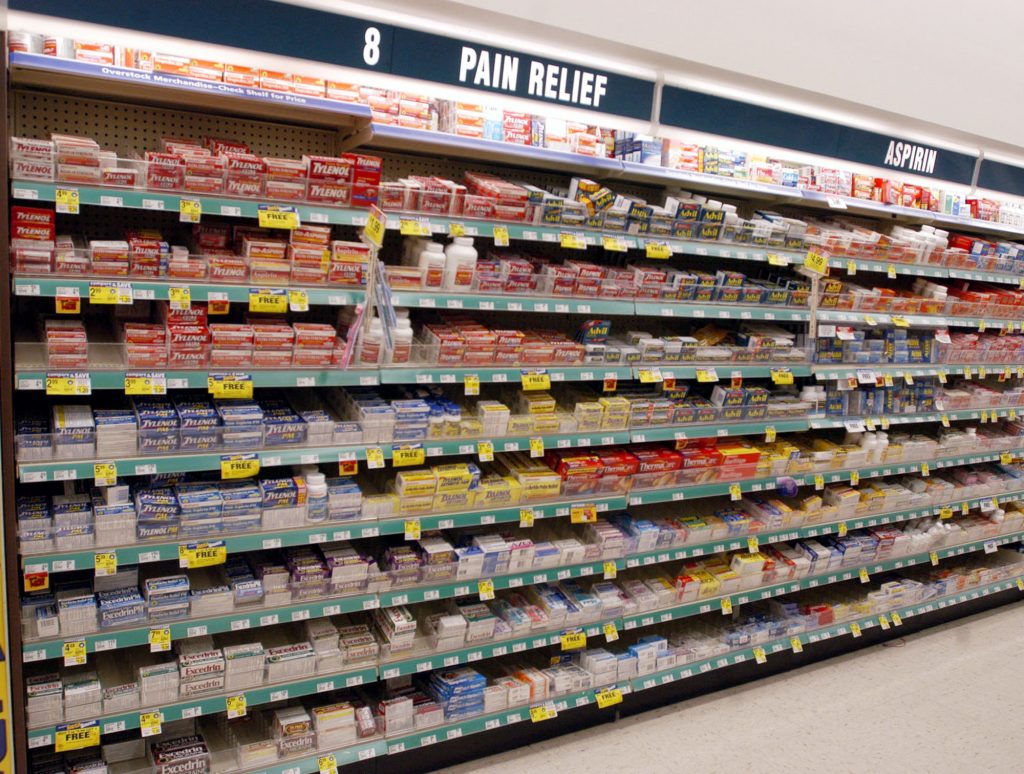
In adults, colonization is favoured by the use of removable dentures, in which biofilms of difficult eradication are formed, or by the presence of oral alterations, such as xerostomia, leucoplakia, lichen, etc. This colonization occurs from birth and is greatest in the extreme ages of life (infants, children and the elderly). Other species, such as Candida glabrata, Candida tropicalis, Candida parapsilosis, Candida krusei, Candida dubliniensis or Candida guilliermondii can cause infections sporadically often complicating the management of these candidiasis ( 1- 5).Ĭandida can be part of the human oral microbiota of up to 75% of persons without known underlying diseases. Although more than 150 species of Candida have been described, 95% of oral candidiasis are caused by C. This oral infection is more frequent in people with extreme ages, or suffering from very diverse underlying diseases and, above all, in patients with immunodeficiency. Candidiasis commonly presents as a mild disease of the oral mucous membranes, but sometimes can be recalcitrant to treatment or become relapsing or recurrent. Oral candidiasis (candidosis) is one of the most common opportunistic buccal infection that is caused by Candida albicans and other species included in the genus Candida. Other hopeful alternatives are new drugs, such as ibrexafungerp, or the use of antibodies, cytokines and antimicrobial peptides. Isavuconazole is available for oral and intravenous use. Echinocandins can only be used intravenously. Available novelties include echinocandins (anidulafungin, caspofungin) and isavuconazole. Other systemic treatment alternatives, oral or intravenous, less used are itraconazole, voriconazole or posaconazole. Oral fluconazole is effective in treating oral candidiasis that does not respond to topical treatment.

Other topical alternatives for oral candidiasis, such as amphotericin B or clotrimazole, are not available in many countries.

The pharmacological presentations of miconazole are more comfortable for patients but this drug may interact with other drugs and this fact should be assessed before use. Both antifungal drugs are very effective but need a long time of use to eradicate the infection. Nystatin and miconazole are the most commonly used topical antifungal drugs.


 0 kommentar(er)
0 kommentar(er)
